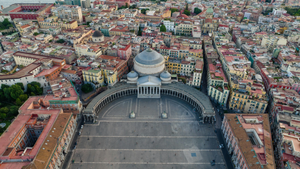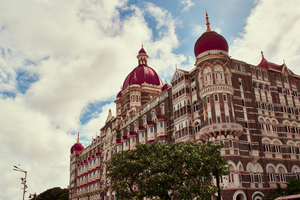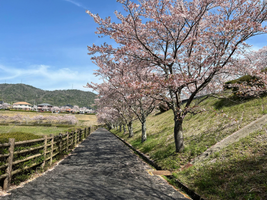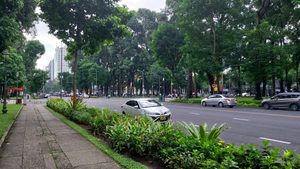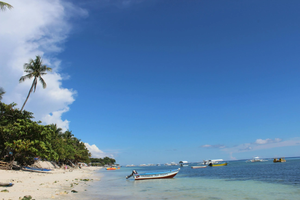The Role of Music and Dance in Cebu's Festive Culture
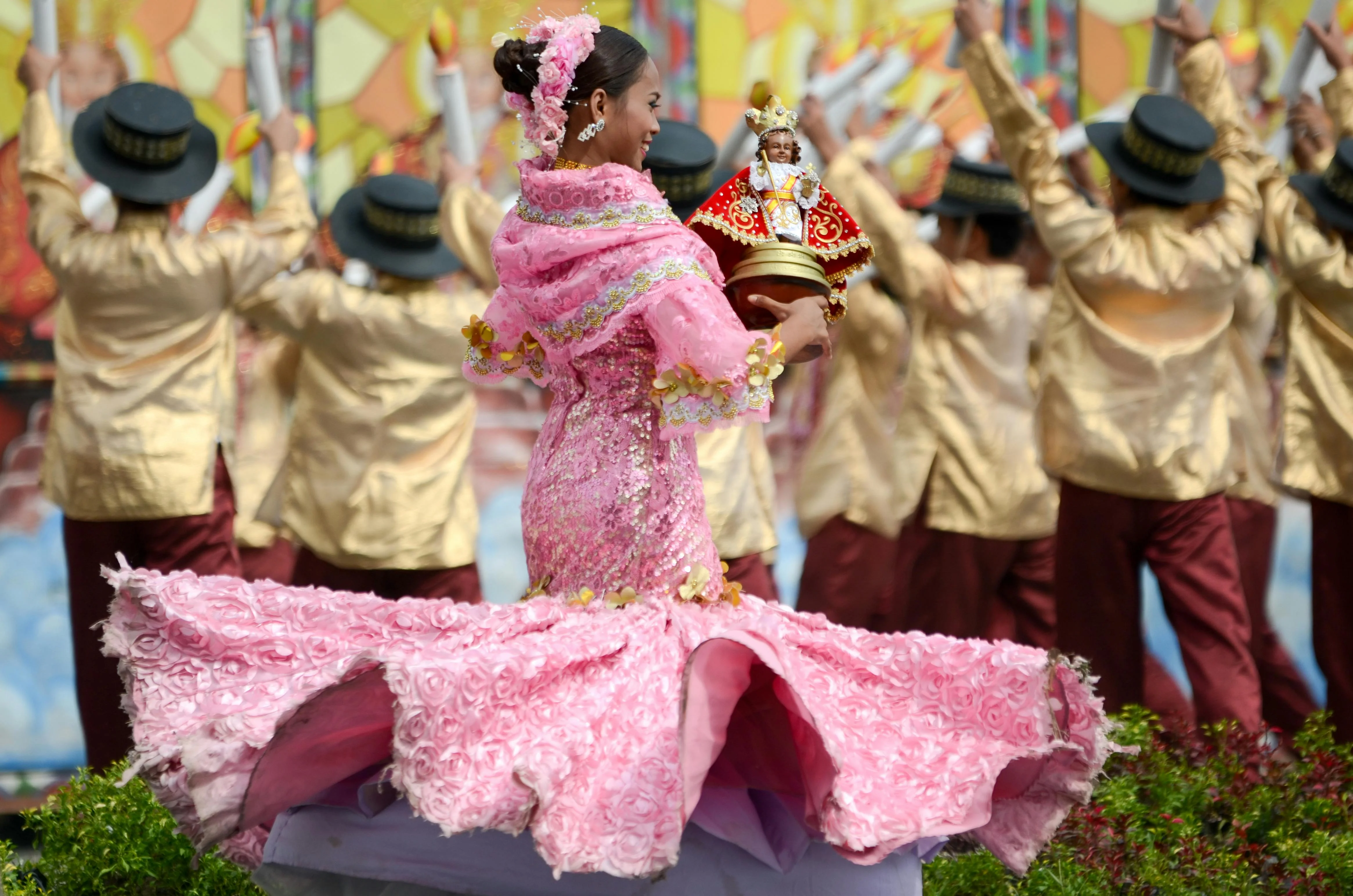
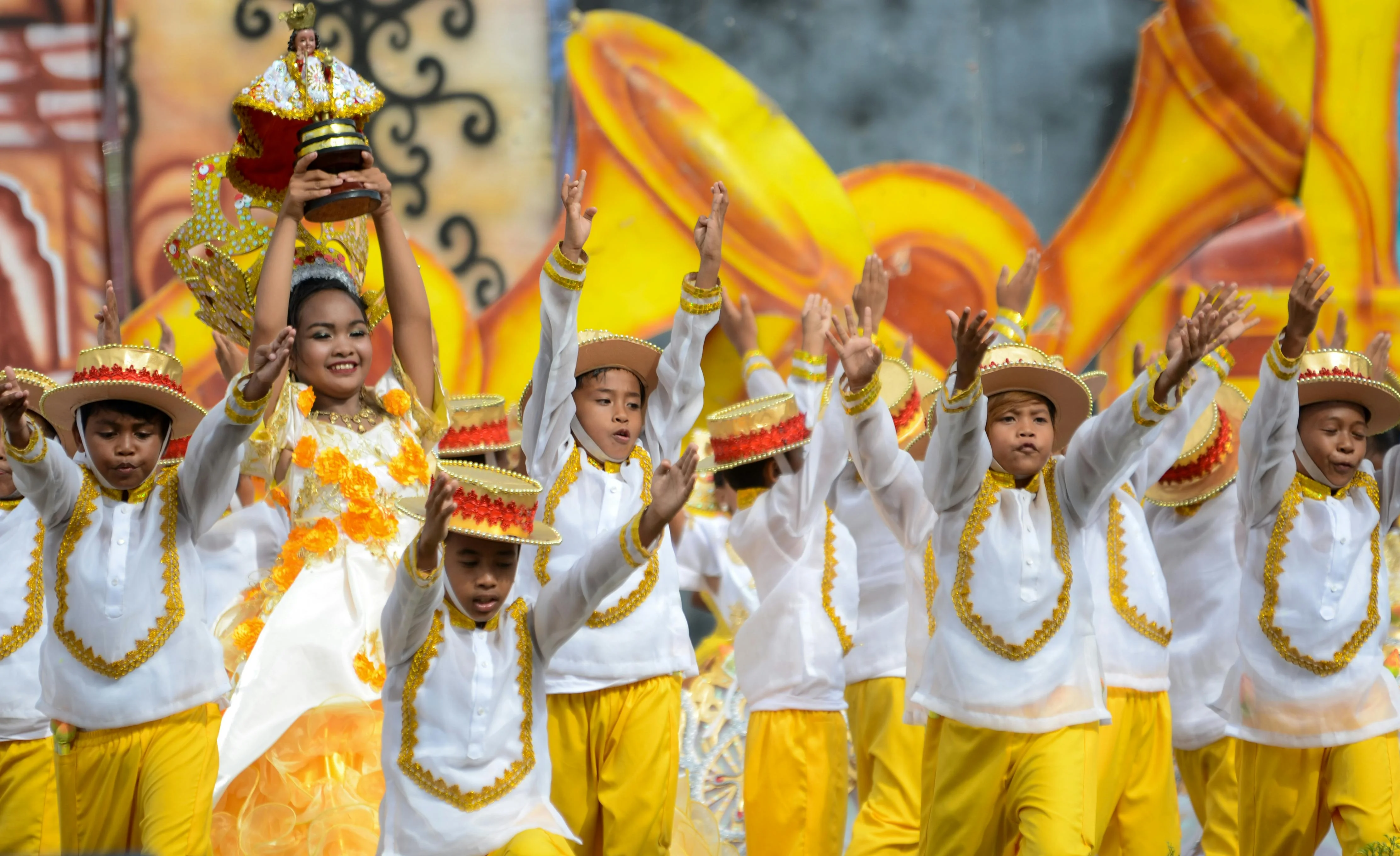
Dancing to the Beat of Devotion
Pro Tip: If you find yourself at Sinulog, resist the urge to join the parade mid-dance. Locals might appreciate your enthusiasm, but they've been practicing those steps all year!
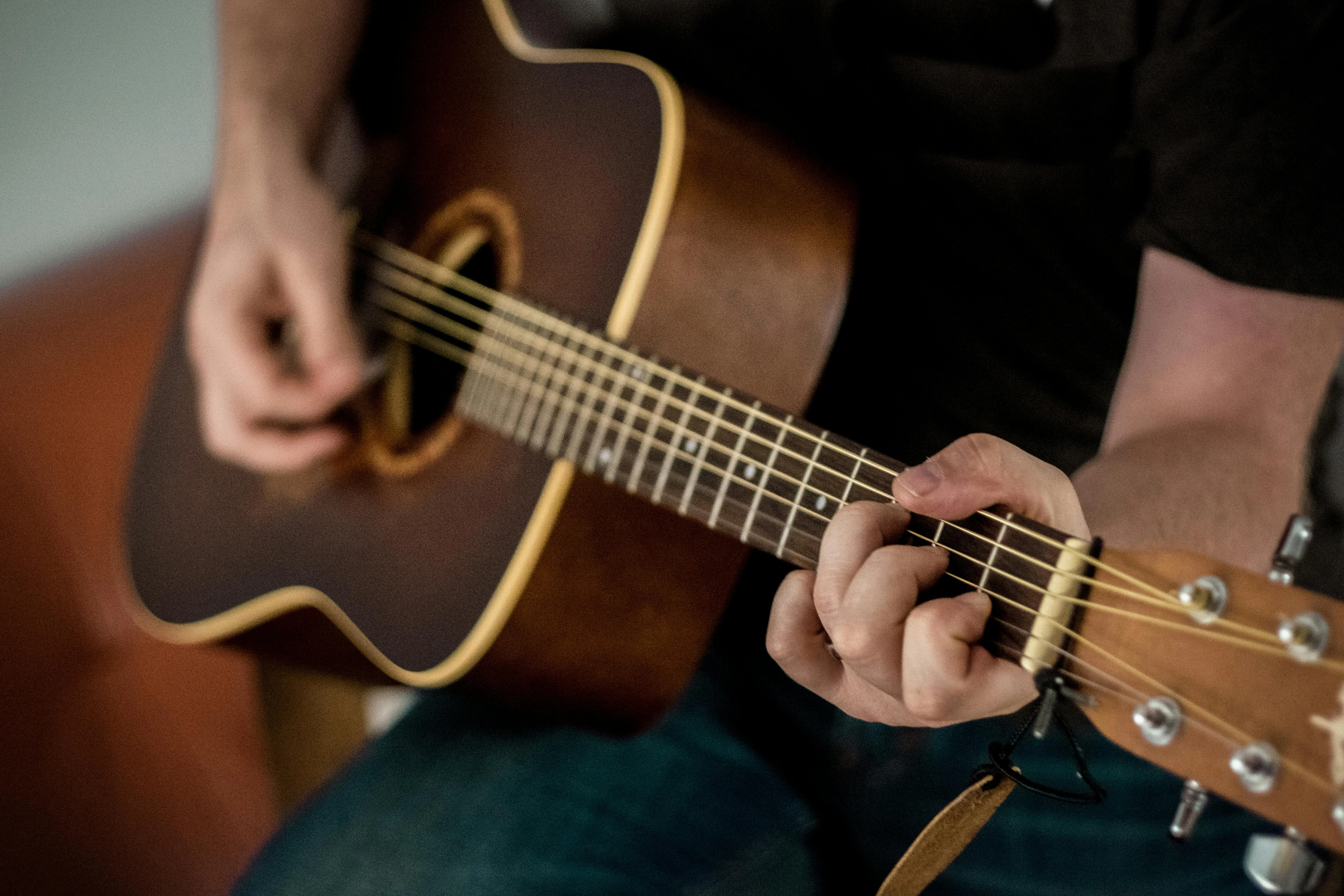
The Soundtrack of Celebration
Cebu's music is as multifaceted as its crowd-pleasing fiestas. Traditional and modern musical elements blend seamlessly, creating an electric atmosphere that's almost palpable. From the harmonious tinkling of the kulintang, a traditional gong instrument, to the lively strumming of guitars in local seaside jams, Cebu's music pulses with life.
Cebuano music tells stories of love, daily life, and heroism. But what's a good story without a playful twist? Enter the harana, a traditional serenade that could very well be Cebu's version of romantic karaoke. We dare you not to be swayed by its charm!
Unity in Every Step and Note
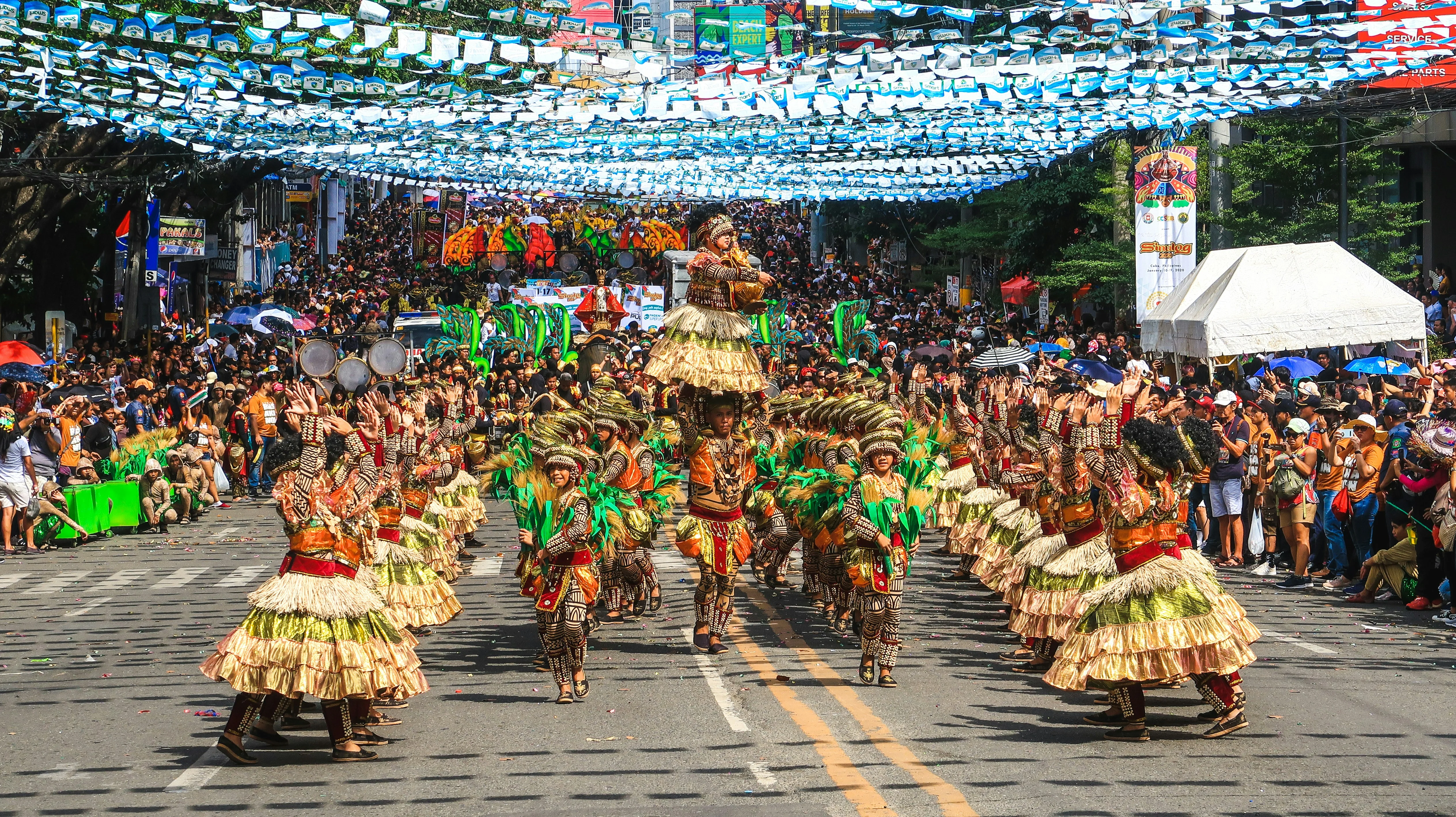
Your Invitation to Join the Celebration
So, why just hear about Cebu's music and dance festivals when you can feel them, see them, and dance along? Whether you're planning a pilgrimage to deepen your spiritual connection or simply yearning for an adventure immersed in rich cultural traditions, Cebu offers an unforgettable experience that ticks all the boxes—vibrant celebrations, a tapestry of faith and history, and most importantly, fun.
In Cebu, music and dance are not merely artistic expressions; they're central to the island's identity. They capture the essence of a community that knows how to celebrate life in its most vivid colors.
Go on, it's time to see what all the fuss and the rhythm are about. But remember, leave the Cha-Cha lessons to the experts—the Cebuanos themselves!
Curiosity piqued? What's your next step, you ask? Book that ticket, pack your dancing shoes, and prepare to be swept away by the vibrant culture of Cebu.


